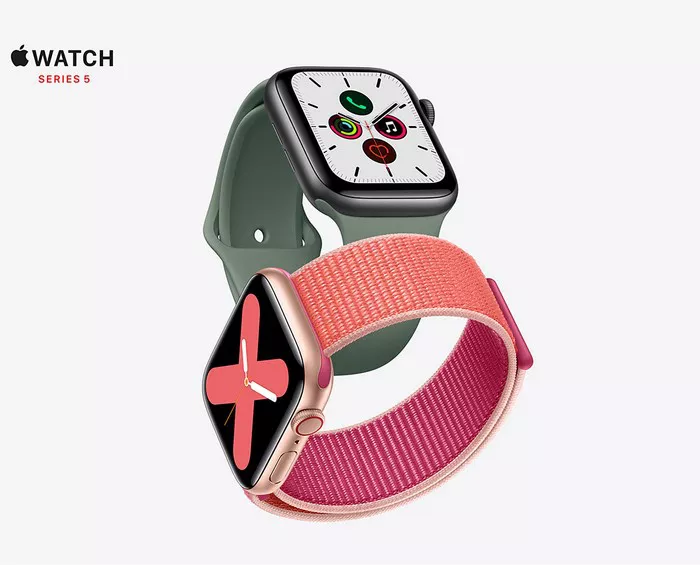At its recent fall hardware event, Apple unveiled the Apple Watch Series 10, positioning it as a significant update to its longstanding smartwatch lineup. After four years of speculation surrounding a redesign, many anticipated a bold new aesthetic for the 10th edition. However, the refresh offers only incremental enhancements rather than the major overhaul fans were hoping for.
The Apple Watch Series 10 features a slightly larger display, a slimmer and lighter design, and more rounded corners, making it visually more refined compared to its predecessor, the Series 9. Still, these changes may not be readily apparent to the average consumer, especially as competition from devices like the Pixel Watch 3 and Samsung’s Galaxy smartwatches heats up. As a result, observers hope for greater innovation in future iterations of the Apple Watch.
For users of the Apple Watch Series 7, 8, or 9, upgrading to the Series 10 may not be essential unless they are ardent Apple enthusiasts eager for the latest model. However, those with Series 6 or older watches may find the Series 10’s offerings appealing.
Pricing and Specifications
The 42mm aluminum version of the Apple Watch Series 10 starts at $400 for the GPS model and $500 for the GPS + Cellular variant. The 46mm aluminum model retails at $430 for GPS and $530 for GPS + Cellular. Notably, a new titanium option replaces the stainless steel variant, priced at $700 for the 42mm GPS + Cellular and $750 for the 46mm model.
Key specifications include Apple’s new S10 chip and a bright 2,000-nit display, which offers improved visibility from side angles and supports a refresh rate as low as 1Hz, courtesy of its LTPO 3 technology. While the battery life remains at 18 hours, it still lags behind the Apple Watch Ultra. However, the Series 10 supports faster charging, reaching 80% in just 30 minutes. The sizes have also shifted slightly to 42mm and 46mm, compared to last year’s 45mm and 41mm models.
In terms of weight, the 42mm Series 10 weighs 1oz (30g), while the 46mm GPS version is 1.2oz (36.4g), slightly lighter than their Series 9 counterparts.
The watch comes equipped with NFC compatibility, IP68 water and dust resistance, and an array of sensors, including a heart rate monitor, accelerometer, gyroscope, barometer, altimeter, temperature sensor, compass, EKG sensor, and a new water temperature and depth gauge. This feature allows users to measure the depth and temperature of water, similar to the Apple Watch Ultra. However, U.S. customers still cannot utilize the SpO2 sensor for blood oxygen monitoring due to ongoing legal issues between Apple and medical technology firm Masimo.
Display and Design Features
The Apple Watch Series 10 presents a modest visual upgrade, notably with its display size increasing by 9% compared to the 41mm models of Series 7, 8, and 9, and 7% larger than the 45mm version. While these changes may not be glaring, they enhance the user experience, especially for those upgrading from older models like the Series 4, 5, or 6, who will notice a significant increase in screen real estate.
The Series 10’s display matches the brightness of the Series 9 at 2,000 nits but is designed to appear brighter from indirect angles. This improvement facilitates quick glances at notifications or the time, especially in bright sunlight. The aluminum version sports a glossy finish that may attract fingerprints and dust, a departure from the cleaner brushed design of the Series 9.
Additionally, the Series 10 incorporates a more powerful built-in speaker, enhancing audio quality for music, podcasts, and calls when an iPhone or AirPods are not available. Although the sound quality is decent, it remains a challenge for prolonged listening due to muffled audio and battery drain. Apple claims the new model suppresses background noise during calls, though noticeable improvements may be minimal based on user tests.
Conclusion
Ultimately, the design and features of the Apple Watch Series 10 will resonate differently depending on the model currently in use. Users of Series 4, 5, or 6 will likely appreciate the improvements, while those with Series 7, 8, or 9 may find the changes less compelling, aside from the reduced weight and slightly altered digital crown design. As Apple continues to innovate, the expectation remains for a more substantial evolution in the future.
You Might Be Interested In

